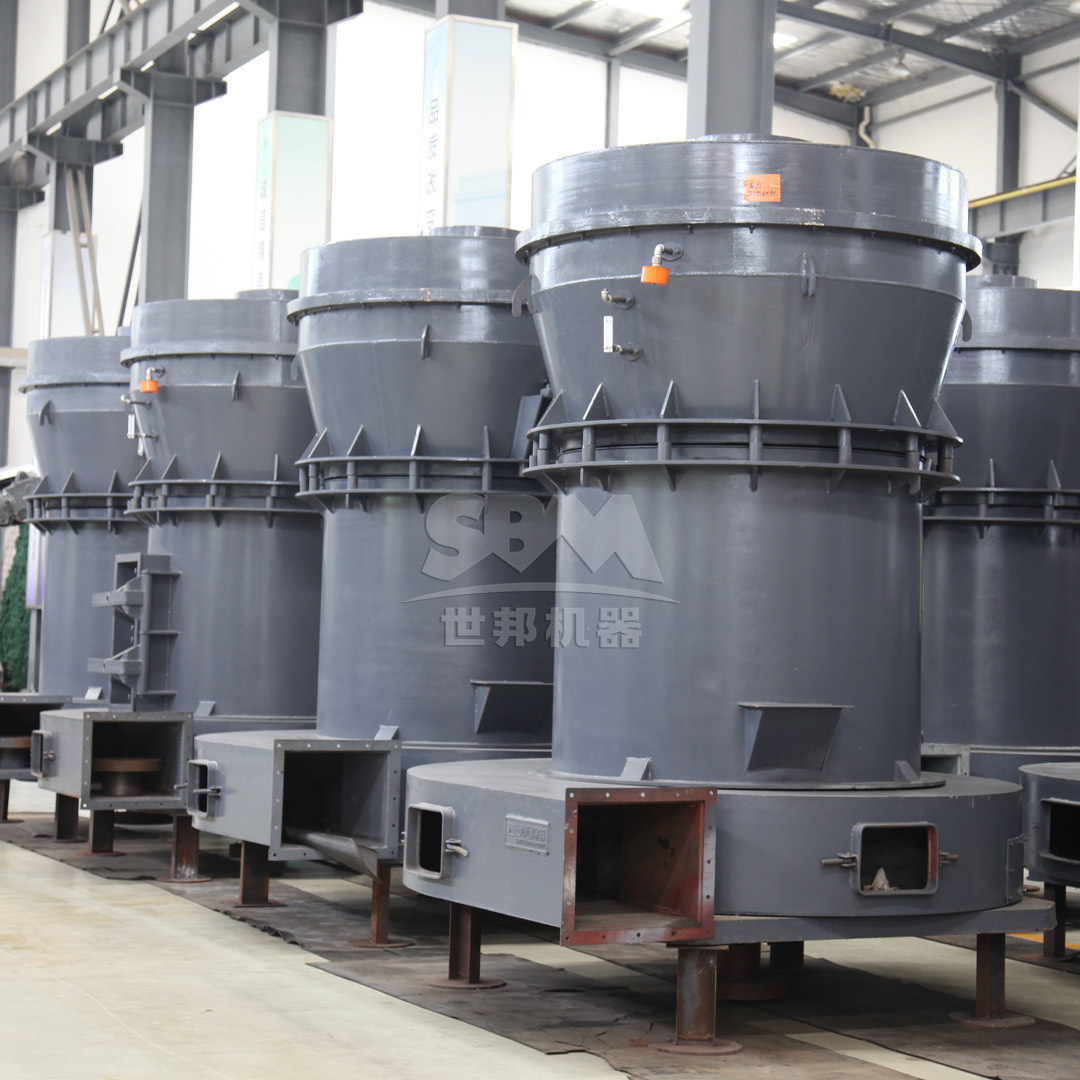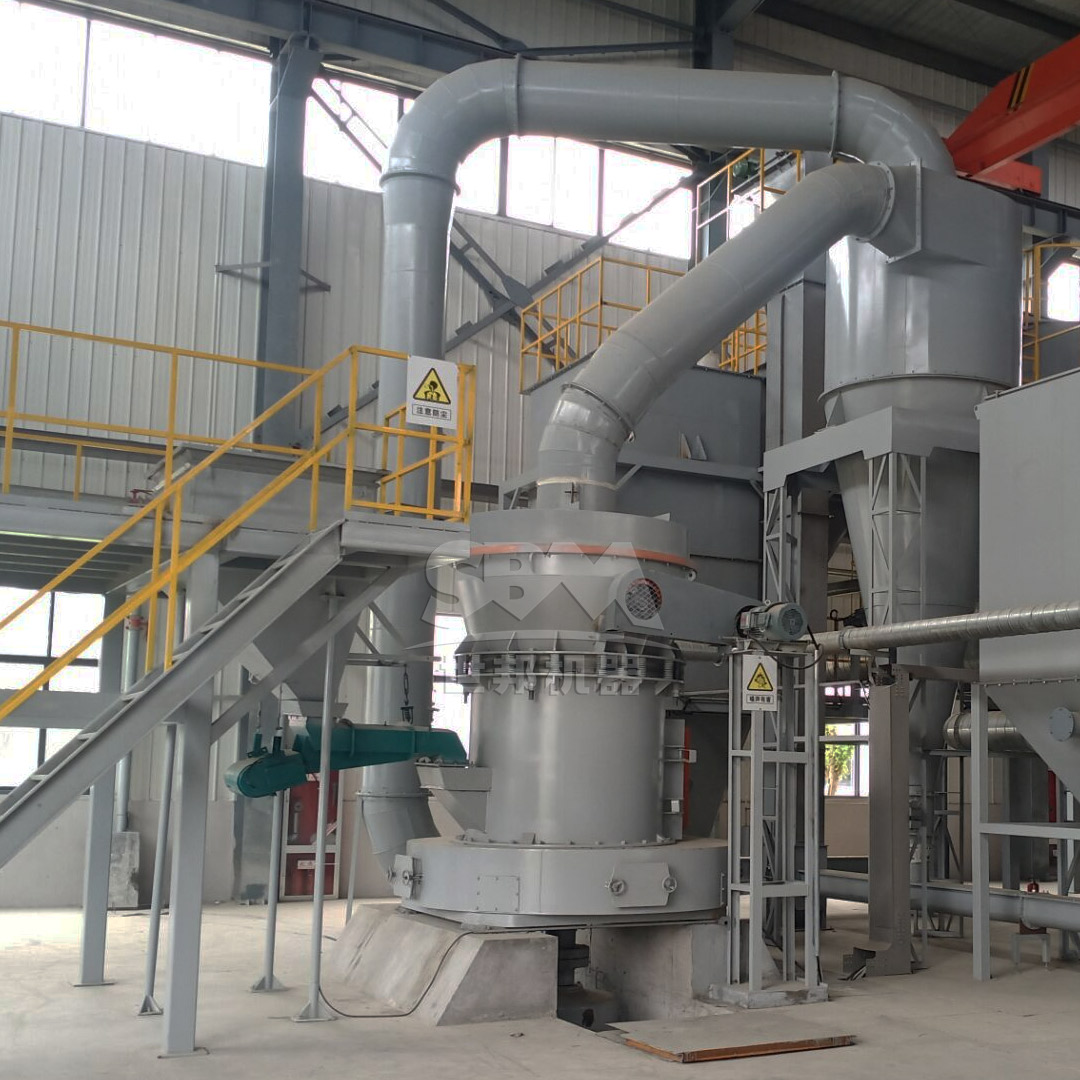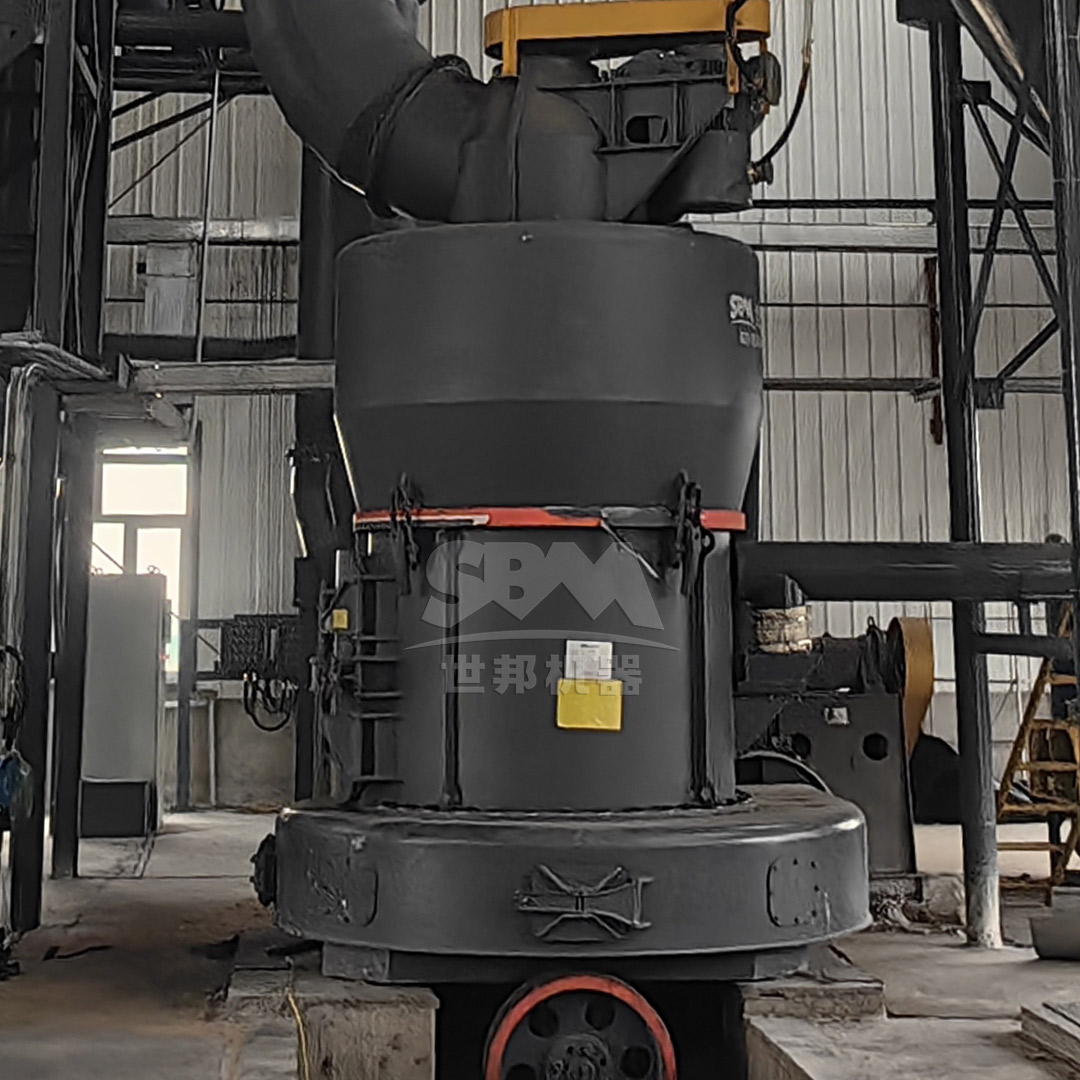The global cement industry continues to expand, with international trade playing an increasingly vital role in meeting construction demands worldwide. For cement exporters, the efficiency and quality of clinker pulverizing operations directly impact product competitiveness, shipping costs, and market acceptance. The transformation of clinker into fine cement powder represents one of the most energy-intensive and technically demanding stages in cement production. This comprehensive guide examines the key considerations for optimizing pulverizing operations, with particular focus on selecting appropriate machinery that balances production capacity, energy consumption, and product quality.
Modern cement export operations require pulverizing equipment capable of producing consistent fineness while minimizing operational costs. The choice between different grinding technologies—from traditional ball mills to advanced vertical roller mills—can significantly influence the economic viability of export ventures. This article explores the technical parameters, operational considerations, and strategic factors that cement exporters should evaluate when establishing or upgrading their pulverizing facilities.

Clinker, the intermediate product in cement manufacturing, possesses unique physical and chemical characteristics that directly influence grinding efficiency. Composed primarily of calcium silicates, aluminates, and ferrites, clinker exhibits high hardness (typically 4-5 Mohs) and abrasive properties that challenge grinding equipment. The mineralogical composition, cooling rate during production, and storage conditions all affect grindability.
For export-oriented operations, the target fineness of cement powder typically ranges between 2500-4500 cm²/g Blaine surface area, corresponding to approximately 45-325 mesh. This specification ensures optimal hydration properties while meeting international standards such as ASTM C150 or EN 197-1. The particle size distribution must be carefully controlled, as overly coarse particles reduce strength development while excessive fines increase water demand and may cause handling issues during transportation.
Grinding operations account for approximately 30-40% of total electrical energy consumption in cement production. For export businesses, where profit margins are often compressed by logistics costs, optimizing energy efficiency becomes paramount. Different grinding technologies exhibit varying specific energy consumption (kWh/t):
| Grinding Technology | Specific Energy Consumption (kWh/t) | Typical Fineness (Blaine, cm²/g) |
|---|---|---|
| Ball Mill (open circuit) | 38-45 | 3000-3200 |
| Ball Mill (closed circuit) | 32-38 | 3200-3600 |
| Vertical Roller Mill | 25-33 | 3500-4500 |
| Roller Press + Ball Mill | 26-32 | 3500-4000 |
| High-Pressure Grinding Rolls | 22-28 | 3000-3500 |
The selection of energy-efficient grinding systems not only reduces operational costs but also enhances environmental compliance—an increasingly important factor in international markets with stringent carbon emission regulations.
Vertical roller mills have emerged as the preferred technology for new cement grinding installations, particularly for export-oriented facilities requiring high efficiency and product flexibility. VRMs employ a bed-compaction grinding principle where multiple rollers hydraulically press against a rotating grinding table. This mechanism achieves size reduction with significantly lower energy consumption compared to impact-based grinding systems.
The integrated drying capability of VRMs represents a particular advantage for exporters in humid climates or when processing clinker with residual moisture. Hot gases from the preheater or auxiliary heat sources can be introduced directly into the mill, simultaneously drying and grinding the material. This eliminates the need for separate drying equipment, reducing capital investment and plant footprint.

For cement exporters seeking advanced grinding solutions, our LM Series Vertical Roller Mill offers exceptional performance characteristics specifically engineered for clinker grinding applications. With capacities ranging from 3-250 tons per hour and the ability to produce fineness between 30-325 mesh (special models achieving 600 mesh), this technology provides the flexibility needed for diverse market requirements.
The LM Series incorporates several proprietary technologies that enhance its suitability for export operations:
With models specifically configured for mineral grinding (LM130K to LM280K), coal grinding (LM80M to LM280M), and slag processing (LM130N to LM370N), the LM Series can be precisely matched to your specific clinker characteristics and production requirements.
Certain export markets demand specialized cement products with exceptional fineness or unique particle characteristics. For applications requiring ultrafine powders (325-2500 mesh), our SCM Series Ultrafine Mill delivers precision grinding capabilities unmatched by conventional technologies. With the ability to achieve final fineness down to 5μm (D97), this equipment enables production of high-value specialty cements for niche markets.
The SCM Series incorporates several technological innovations that make it particularly suitable for export operations targeting premium market segments:
| Model | Capacity (ton/h) | Main Motor Power (kW) | Feed Size (mm) | Fineness Range (mesh) |
|---|---|---|---|---|
| SCM800 | 0.5-4.5 | 75 | 0-20 | 325-2500 |
| SCM900 | 0.8-6.5 | 90 | 0-20 | 325-2500 |
| SCM1000 | 1.0-8.5 | 132 | 0-20 | 325-2500 |
| SCM1250 | 2.5-14 | 185 | 0-20 | 325-2500 |
| SCM1680 | 5.0-25 | 315 | 0-20 | 325-2500 |
The operational principle involves main motor-driven triple-layer grinding rings rotating to disperse material centrifugally into the grinding path. Sequential roller compression achieves progressive size reduction, with final powder collection through cyclone collectors and pulse dust removal systems.
Export operations often require extended production runs to fulfill large international orders. Implementing proactive maintenance strategies becomes essential to minimize unplanned downtime. Key considerations include:
Modern grinding equipment incorporates features that simplify maintenance operations. For instance, the modular roller replacement system in our LM Series Vertical Roller Mill enables rapid exchange of grinding elements, significantly reducing downtime during wear part replacement.
Consistent product quality is non-negotiable for cement exporters serving diverse international markets. Implementing robust quality control systems ensures compliance with varying national standards and customer specifications. Critical parameters include:
Advanced grinding systems with integrated sampling and analysis capabilities facilitate real-time quality adjustment. The intelligent control systems in our SCM and LM series mills automatically adjust operational parameters based on continuous fineness feedback, maintaining consistent product quality despite variations in feed material characteristics.

When evaluating grinding equipment for export operations, considering only the initial investment provides an incomplete picture. A comprehensive total cost of ownership (TCO) analysis should encompass:
| Cost Category | Ball Mill System | Vertical Roller Mill | Ultrafine Mill |
|---|---|---|---|
| Capital Investment | Medium | High | High |
| Energy Consumption | High (32-45 kWh/t) | Medium (25-33 kWh/t) | Low (varies with fineness) |
| Wear Parts Cost | Low-Medium | Medium | Medium-High |
| Maintenance Labor | High | Medium | Low-Medium |
| Plant Footprint | Large | Compact | Compact |
| Product Flexibility | Limited | High | Very High |
For export operations targeting commodity cement markets, vertical roller mills typically offer the optimal balance between capital and operational costs. For specialty cement exporters serving premium markets, the additional capabilities of ultrafine grinding systems may justify higher initial investment through enhanced product value.
The evolution of cement grinding technology continues to focus on energy reduction, quality enhancement, and digital integration. Emerging trends with particular relevance to export operations include:
Export-oriented cement producers should consider these developments when planning new installations or upgrades, ensuring long-term competitiveness in evolving international markets.
The selection of appropriate clinker pulverizing equipment represents a strategic decision with far-reaching implications for cement export operations. While traditional technologies like ball mills continue to serve certain applications, advanced systems such as vertical roller mills and ultrafine grinding equipment offer compelling advantages in energy efficiency, product quality, and operational flexibility.
For exporters targeting mainstream international markets, our LM Series Vertical Roller Mill provides an optimal balance of performance, reliability, and operating economics. For producers focusing on specialty cement segments requiring exceptional fineness, the SCM Series Ultrafine Mill delivers precision grinding capabilities that command premium pricing in international markets.
Ultimately, successful cement export operations require grinding solutions that align with specific market strategies, clinker characteristics, and operational priorities. By carefully evaluating the technical parameters, economic considerations, and future trends outlined in this guide, exporters can make informed decisions that enhance their competitive position in the global cement industry.